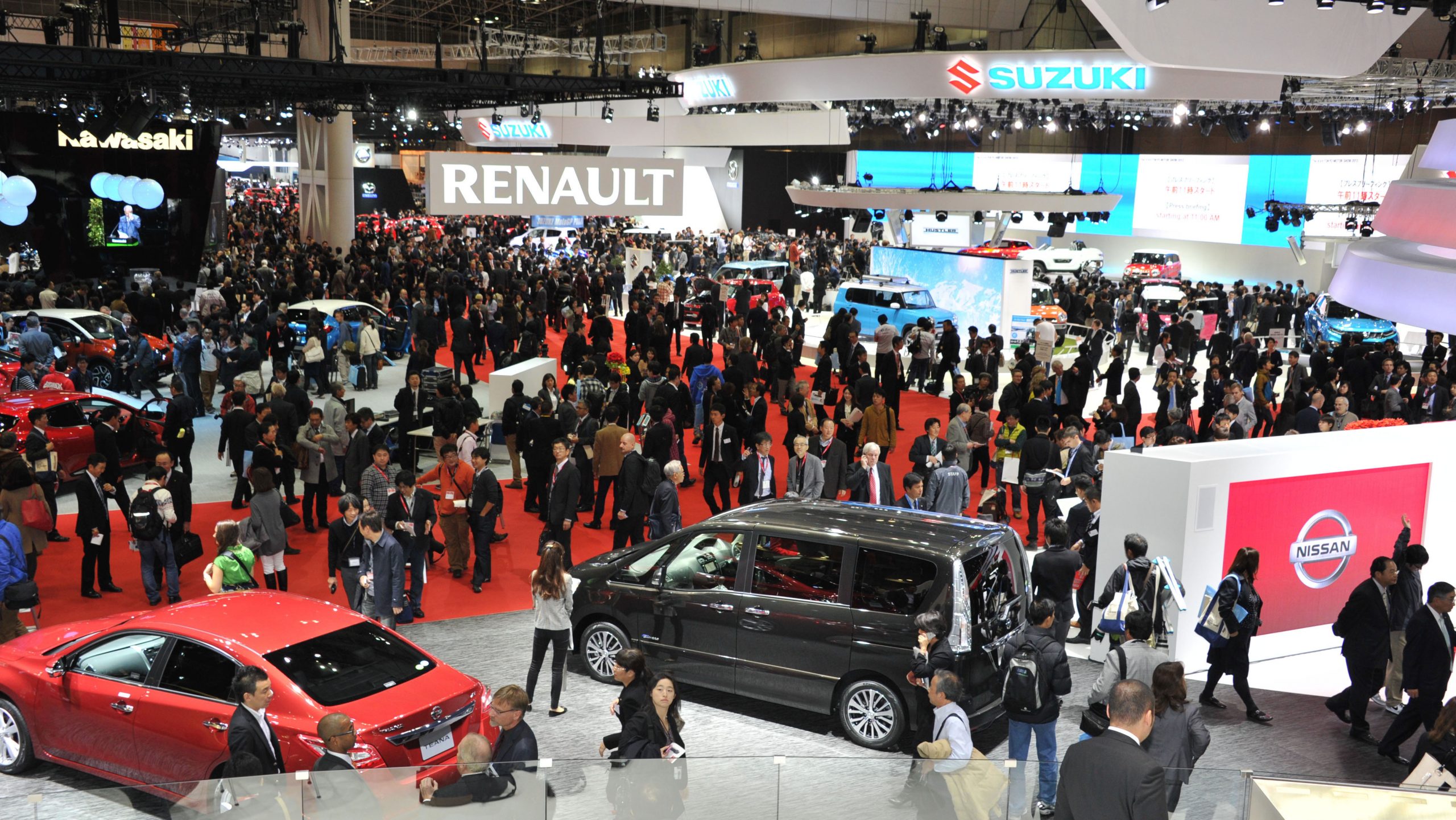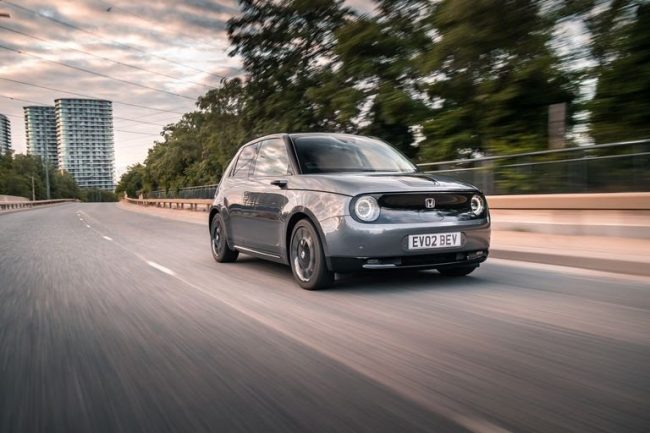
Japan Car Industry : Is Time Running Out?
Against the measure of Japan’s historical success, these are, of course, significant problems. Automaker unhappy with government ;s EV-centric push for carbon neutrality.
A look at export data highlights a story of mild, recent decline after years of growth. While Japanese new car sales have been remarkably stable over the past decade, figures suggest that the impact of relatively high labour costs and frequently fluctuating currency swings for the yen have led to an export downswing. However, it is also true that Japan remains the world’s second-largest automotive exporter after Germany and it is already seeking to rebalance its efforts, most notably with the free-trade deal agreed recently with the EU, of which the UK is not likely to be a part.
Against the measure of Japan’s historical success, these are, of course, significant problems. However, in a time of transition, they are also being faced by an industry that remains in a position coveted by almost every other nation and that has a line-up of individual marques with the resources to respond. What’s more, it’s still possible that the slow, cautious start into EVs.
TOYOTA
Redently, Toyota CEO Akio Toyoda, who is also the chairman of Japan’s automaker association, is not happy with the Japanese government’s EV-centric push for carbon neutrality. While the government aims to slash Japan’s greenhouse gas emissions by 2030 and reach net carbon neutrality by 2050 by going all-EV. However, Toyota’s CEO believes the road map should take into account the reality that Japan’s economic lifeblood stems from manufacturing.
“Japan is an export-reliant country. Thus, carbon neutrality is tantamount to an issue of employment for Japan. Some politicians are saying that we need to turn all cars into EVs or that the manufacturing industry is an outmoded one. But I don’t think that is the case. To protect the jobs and lives of Japanese people, I think it is necessary to bring our future in line with our efforts so far.”
HONDA
Honda sold 5.32 million cars globally, up by more than 2%. It sold 6.3m of its power products and a massive 20.24m motorcycles. On the car side, Honda’s profit margin may suffer from it having only a very small presence in the global premium sector, despite its US-centred Acura brand. For example, between January and August 2019, Honda US sold near 991,000 vehicles, but Acura just 102,000 units across six nameplates.
In its home(Japan) market, Honda was the second-biggest seller in 2018. It sold 749,000 vehicles (its N-Box kei van being a best-seller in its segment) in a market of 5.26m new cars.

NISSAN
Nissan should be in an enviable position compared with its Japanese rivals: with the Juke and Qashqai, it basically sparked the SUV craze, the Leaf is one of the longest-running and most successful electric cars going and an alliance with Renault gives it incredible scale.
Except that instead of making the most of that position, Nissan is currently engulfed by an executive drama of Hollywood proportions. It started with the shock arrest and ousting of chairman Carlos Ghosn and executive Greg Kelly on a string of financial charges.
Except that instead of making the most of that position, Nissan is currently engulfed by an executive drama of Hollywood proportions. It started with the shock arrest and ousting of chairman Carlos Ghosn and executive Greg Kelly on a string of financial charges.

Ghosn’s court case has only just begun, but the allegations have kept coming. More revelations in an internal report prompted the resignation of CEO Hiroto Saikawa and it now falls to former China boss Makoto Uchida to steady the ship. The first tasks on his mammoth to-do list will be to stem the losses and stabilise the share price, firm up the company’s behind-schedule turnaround plan and – most crucial – repair the relationship with Renault post-Ghosn.
Once that is done, Nissan still faces a tough task defending its SUV and EV patch from a growing list of contenders.
MITSUBISHI
How’s life at Mitsubishi Motors after the Evo? And we found a car company with a new lease of life that had settled on gaining as much as it could from common architectures, standards and services and associated cost savings away from the customer’s eyes, while being poised to start leading development across the Renault-Nissan-Mitsubishi Alliance (formed in 2016 after Nissan bought a 34% stake in Mitsubishi) of true four-wheel-drive SUVs, plug-in hybrid technology and pick-ups.
The repositioning of the brand as a maker of true four-wheel-drive SUVs makes the absence of an Evo less troubling than the absence of a Shogun, Mitsubishi’s other icon. Reinventions of the Mercedes G-Wagen, Jeep Wrangler and Land Rover Defender in the past couple of years should have persuaded Mitsubishi that there’s the appetite for such a car.
SUBARU
After a long winning streak, Subaru stumbled in 2018. It made a total of 1,019,364 cars. Subaru relies on American consumers, having established itself over 20 years ago with the Forester and Outback, innovative lightweight crossovers in an era of truck-based SUVs. Last year, it sold 171,000 Foresters and 178,000 Outbacks in America. Sales in Japan are a modest 100,000 units annually, 22,000 of those kei cars.
The company is now rolling out a fresh generation of vehicles based on its new global platform and has added the seven-seat Ascent crossover to its US line-up.
MAZDA
Mazda’s bold approach to reducing fuel consumption and emissions is ensuring it carves out a niche in this increasingly electric world. While many makers are moving away from traditional powertrains, Mazda couldn’t be more effusive about petrol and diesel. It quotes research showing that, even in 2050, more than half of the cars sold globally will use an internal combustion engine.
Its innovative spark-plug-controlled compression-ignition Skyactiv-X petrol unit, launched on the Mazda 3 this year, relies on two technologies – lean-burn combustion and compression ignition – to reduce fuel consumption and CO2 emissions while delivering good performance.
SUZUKI
Suzuki couldn’t have garnered much more attention in the past 12 months than it has with its latest Jimny, which stays true to its quirky, off-road roots. While the new Jimny has created a ‘halo’ effect, the Vitara is Suzuki’s biggest-selling car in Europe, making up a third of sales and helping the maker to hold a 1.5% market share last year, totalling 245,653 units. That’s modest, but it’s a different story in Japan: Suzuki is the third biggest-selling car maker, with 714,594 units.


